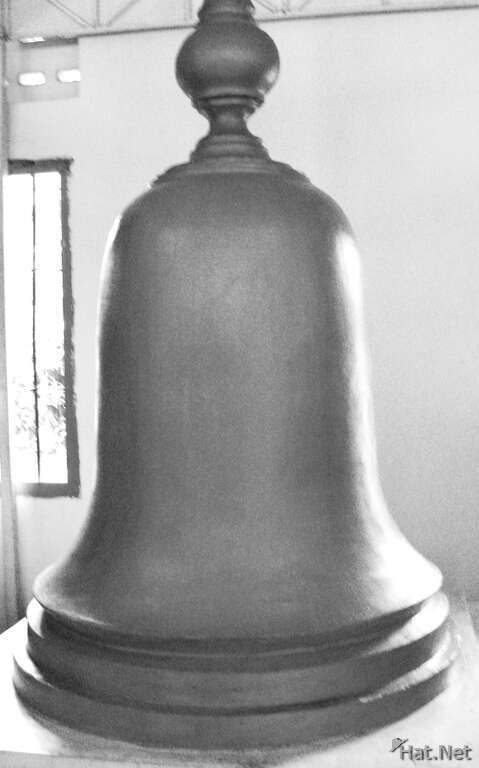justice, sad stories
JUSTICE AND RESPONSIBILITY
Why has it taken over thirty years to bring the former leaders of the Khmer Rouge to justice? One of the initial reasons was geopolitics. Because the People's Republic of Kampuchea (PRK) was supported by Vietnam, an unlikely scenario developed in which China (the main backer of the Khmer Rouge), Thailand (fearful of the Vietnamese troops massed near its borders), and the United States (embroiled in the Cold War and still strung by defeat in Vietnam) and its allies conspired not just to isolate the PRK regime, but to help the Khmer Rouge, who had been routed, regroup and rearm (Etcheson 205; Fawthrop and Jarvis 2004). Remarkably, in 1979 the UN General Assembly voted to give this genocidal regime Cambodia's seat at the UN.
In Cambodia, the PRK took steps to hold some of the Khmer Rouge accountable. On the local level, some former Khmer Rouge were imprisoned or reeducated for a short period of time. The government also tried and convicted Pol Pot and Leng Sary in absentia of genocide in a one week "People's Revolutionary Tribunal" that, while symbolically powerful and including some valuable evidence, failed to meet international standards of justice. For the next decade, the PRK called for an international tribunal, a call that went unheeded as the international community glossed over the "unfortunate events of the past" in supporting the Khmer Rouge.
After the 1993 UN-sponsored election in Cambodia, which the Khmer Rouge ended up boycotting in favour of continued armed struggle, the United States and other members of the international community began to call for a tribunal. Due to a successful defection campaign, the Royal Government of Cambodia demurred in favour of reconciliation. In the late 1990s, a large number of high-ranking Khmer Rouge, including leng Sary, Khieu Samphan, Ke Pauk, and Nuon Chea, were allowed to defect to the government. Two others, the general Ta Mok and Duch, the former head of S-21, were captured and placed under arrest.
After years of negotiation, in 2003 the Cambodian government and the UN finally signed an agreement to establish the Extraordinary Chambers in the Courts of Cambodia (ECCC), which is a "mixed tribunal" comprising Cambodian and international legal personnel (Ciorciari 2006). Due to political realities, the ECCC has been given limited temporal and personal jurisdiction: It will only try crimes committed during DK and prosecute those Khmer Rouge who were "senior leaders" and criminally "most responsible." Because of further delays, the ECCC only began operation in July 2006.
The photographs in this section on "Justice and Responsibility" depict some of the key moments in this long road to justice: the 1979 PRK tribunal, the signing of the 2003 agreement establishing the ECCC, and the site of the ECCC itself. Other pictures, such as the pictures of Khmer Rouge leaders and mid-ranking officials "then and now, raise important questions about justice and responsibility. Who, Cambodians are asking, should be held accountable for the violence that took place during DK? Why have the senior leaders of the Khmer Rouge been allowed to live freely for so long? And, will they, like Pol Pot (who died in April 1998) and Ta Mok (July 2006), die before they face justice.
| Continent | Asia | Country | Vietnam |
|---|---|---|---|
| State | South East Asia | City | Phnom Penh |
| Weather | sunny at day, heavy rain at night | Temperature | hot |
| Day | Phnom Penh | Activity | S21 |

